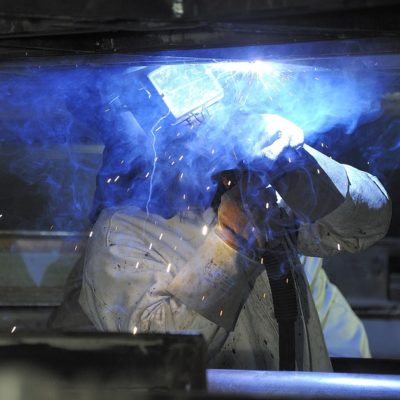
Welding, Soldering or Brazing
Joining two types of material together can happen in many different ways. Adhesives like glue or fasteners like rivets or screws sometimes do the trick. When it comes to the case of metal generally welding, soldering or brazing is the best way to go. It can be pretty confusing distinguishing them from one another. They all have plenty in common but you can define them by their applications, metal types and equipment requirements.
Welding, soldering and brazing certainly all have 3 things they share. All of them require initially starting with clean pieces of metal, they all require heat and also require you to wear PPE.
Soldering
Soldering is when someone joins two metals together by applying solder to the sections of metal or pipe. A device called a soldering iron melts a metal filler which is called solder. The temperature is below 450 ° C. Solder can be either solid in wire form or in a paste called flux. This method is usually put to use in electrical contacts, metal work and plumbing that requires low temperatures.
Welding
Welding uses really high temperatures on edges, bases and filler rods to create a solid bond between the metals. The biggest difference between welding and the other methods is welding needs the base surfaces to melt and the temperatures are over 3500°C. It is usually common in industrial processes that range from building, construction, automotive, railroads and also many more.
Brazing
Brazing is very similar to soldering. It uses filler metal and flux to join together metals. The temperature is much higher above about 450°C. The best materials for this method include aluminium and thin ferrous metals.
Essentially with any of these processes it comes down to the material, application and choosing the most appropriate method for your end product. The biggest difference between welding, soldering and brazing is the amount of heat used, the material and the industry it is required for.






